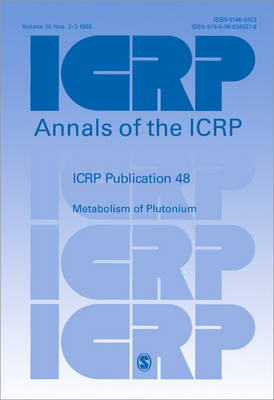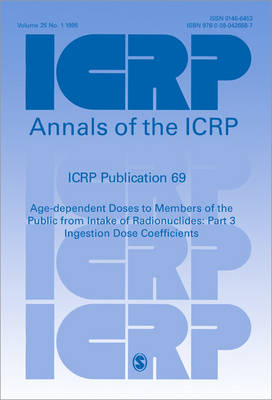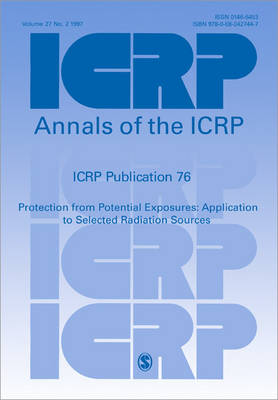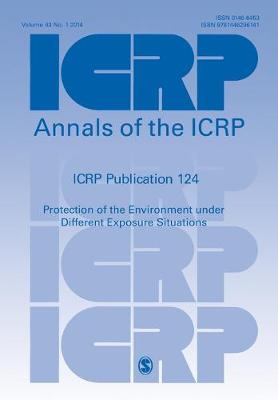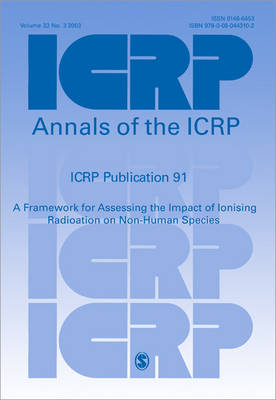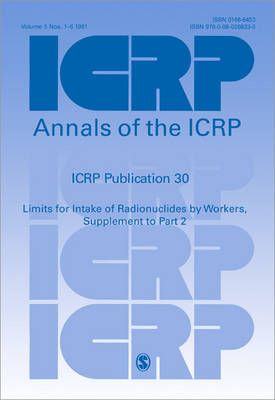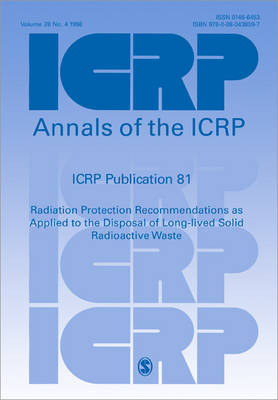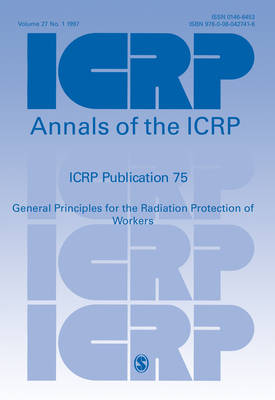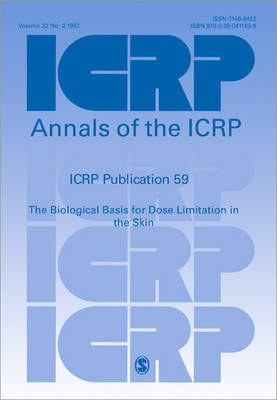Annals of the ICRP
14 total works
Subsequently, a set of 12 RAPs has been described in some detail, particularly with regard to estimation of the doses received by them, at a whole-body level, in relation to internal and external radionuclide concentrations; and what is known about the effects of radiation on such types of animals and plants. A set of dose conversion factors for all of the RAPs has been derived, and the resultant dose rates can be compared with evaluations of the effects of dose rates using derived consideration reference levels (DCRLs). Each DCRL constitutes a band of dose rates for each RAP within which there is likely to be some chance of the occurrence of deleterious effects. Site-specific data on Representative Organisms (i.e. organisms of specific interest for an assessment) can then be compared with such values and used as a basis for decision making.
In this report the Commission describes its framework for protection of the environment and how it should be applied within the Commission’s system of protection. The report expands upon its objectives in relation to protection of the environment and explains the different types of exposure situations to which its recommendations apply. Further recommendations are made with regard to how the Commission’s recommendations can be implemented to satisfy different forms of environmental protection objectives and additional information is also given with regard to, in particular, communication with other interested parties and stakeholders. Issues that may arise in relation to compliance are also discussed and a final chapter discusses the overall implications of the Commission’s work in this area to date. Appendices 1 and 2 provide some numerical information relating to the Reference Animals and Plants.
An Annex to this report considers some of existing types of environmental protection legislation currently in place in relation to large industrial sites and practices, and the various ways in which wildlife are protected from various threats arising from such sites.
The ICRP has now given new wT values for the urinary bladder and colon, and new information has become available on the biokinetics of plutonium, americium and neptunium in humans. As a result the Task Group considered it appropriate to revise the biokinetic models for these elements given in Part 1.


